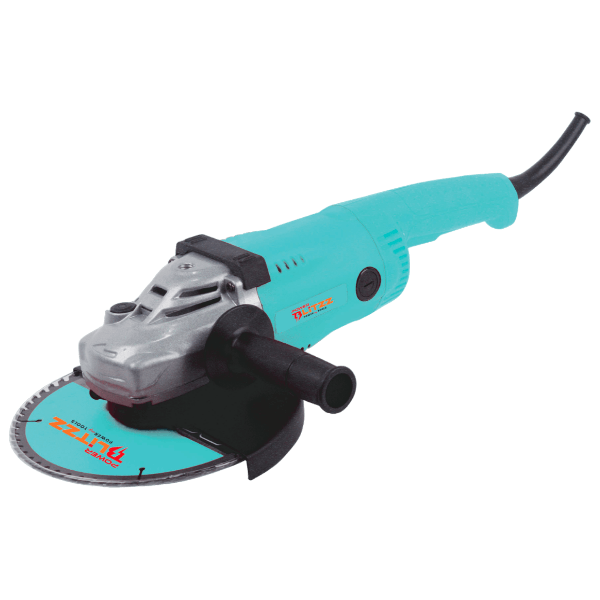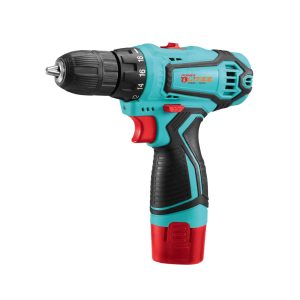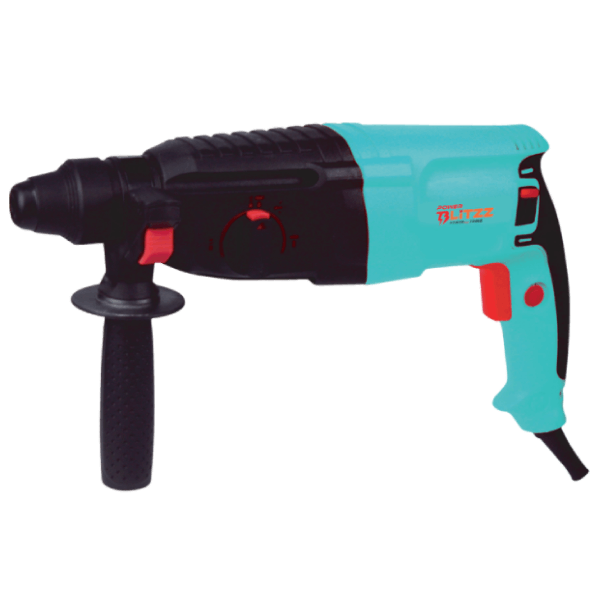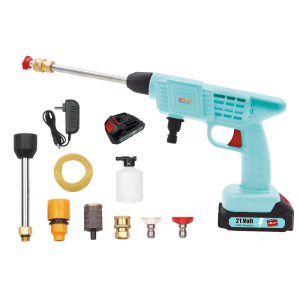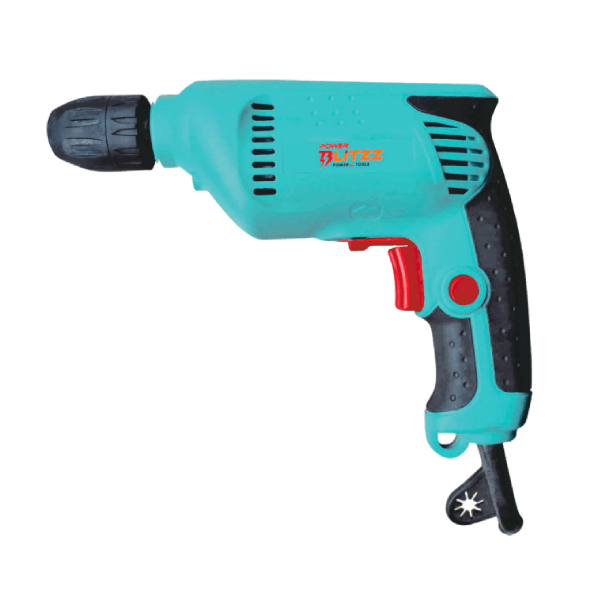
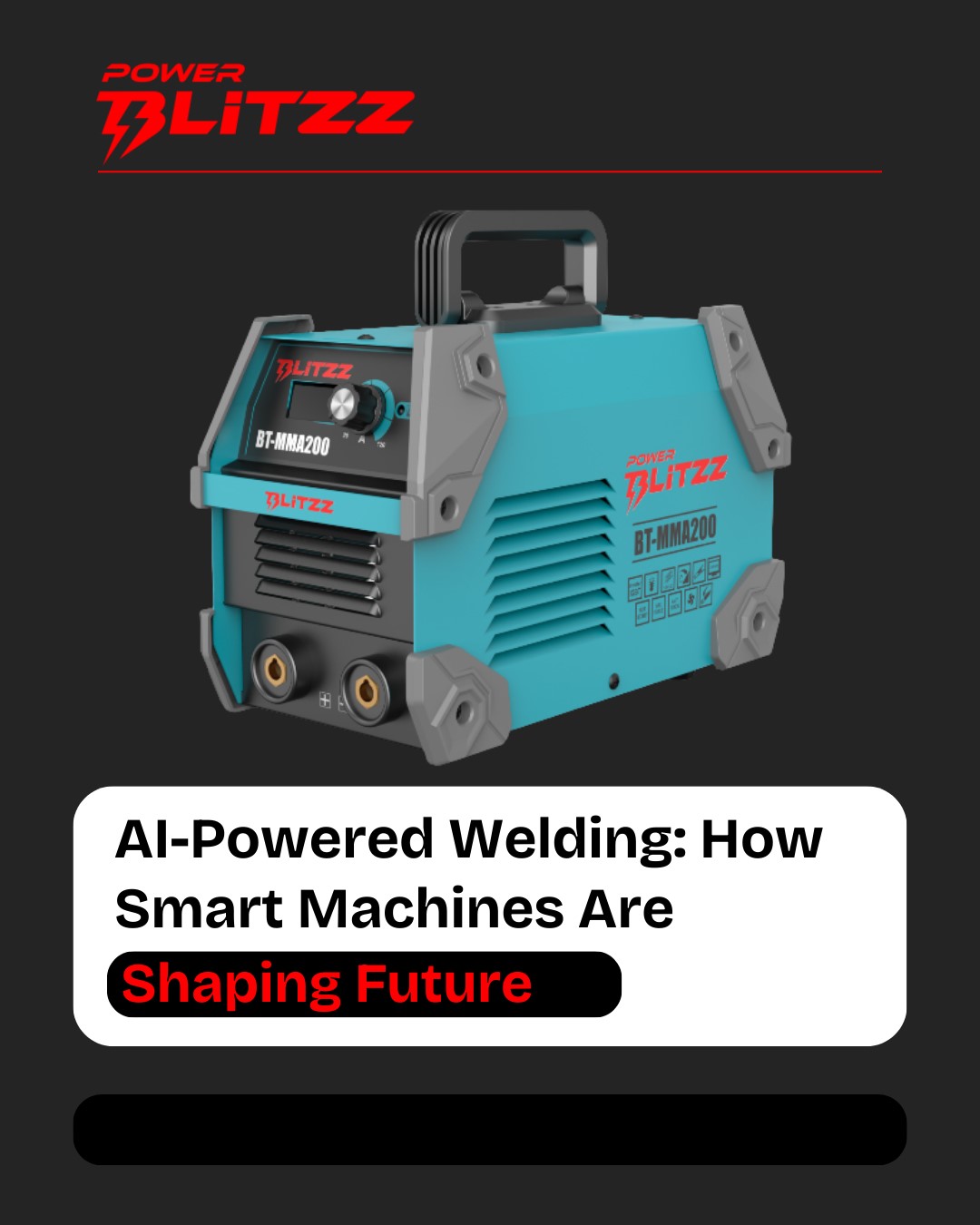
AI-Powered Welding: How Smart Machines Are Shaping Future
Predictive analytics is used in AI to predict any possible equipment failure before it happens, reducing cost of maintenance and downtime. It also measures the quality of the welds in real time with sensors and machine vision, identifying defects such as cracks or misalignments to meet industry requirements.
In case of medium to large scale operation, Welding Machine, BT-MMA300 applies AI monitoring to correct the weld parameters on its own, improving efficiency and product quality and minimizing material wastage.
Improved Safety
By automating hazardous welding tasks, AI reduces human exposure to extreme heat, sparks, and toxic fumes. AI-equipped welding robots can handle dangerous conditions, such as underwater welds or high-temperature environments, improving workplace safety.
The Welding Machine, BT-MMA400 is a prime example of how AI can improve safety while maintaining precise and consistent welds in demanding industrial conditions.
What is AI-Supported Welding?
AI-enabled welding unites high-quality software, machine learning, and intelligent robotics that improve the accuracy, consistency, effectiveness, and safety of the welding process. These systems help the welders to deliver better results and also automate some of the complicated tasks.
Key Features of AI-Supported Welding
Automated Weld Path Planning
AI examines designs and materials and calculates the most efficient welding route. This minimizes the time required to set up and achieves maximum quality of the weld.
Real-Time Monitoring and Adjustment
Sensors and cameras monitor the welding process and adjust temperature, speed, and arc length automatically, maintaining consistent welds.
Defect Detection and Quality Assurance
Machine vision also detects defects like cracks, undercuts or misalignments at a very early stage which minimizes rework and ensures that the industry standards are met.
Predictive Maintenance
AI analyses the data of welding equipment to anticipate maintenance needs to avoid malfunctions and reduce losses.
Material Adaptation
Systems with AI assistance are capable of automatically adjusting the welding settings based on the type of material or its thickness, ensuring quality consistency across various projects.
Welding Machine, BT-MMMT250: Precision Automation
The Welding Machine, BT-MMMT250 represents the latest in AI-driven automation. With adaptive welding paths, predictive feedback loops, and robotics integration, this machine handles complex welds efficiently while assisting human operators. Its precision and automation make it ideal for advanced manufacturing environments.
Real-World Applications of AI-Supported Welding
AI-supported welding enhances human skill and industrial productivity in multiple ways:
Robotic Welding
Robots equipped with AI perform repetitive welding tasks in industries such as automotive, aerospace, and construction, allowing welders to focus on intricate or custom projects.
Custom Fabrication
AI systems enable precise customization in welding, producing unique welds for projects requiring high adaptability and exact specifications.
Smart Welding Systems
Advanced smart welding systems combine traditional welding machines with AI software. They assist operators by providing recommendations, automating certain steps, and ensuring consistent output.
Industry Benefits of AI-Powered Welding
- Increased Productivity
AI-powered machines optimize workflow and reduce downtime, allowing companies to scale operations without compromising quality. - Consistent Quality
Automated monitoring and real-time adjustments ensure uniform, high-quality welds every time. - Cost Efficiency
Predictive maintenance and reduced material waste help companies save money while maximizing return on investment. - Enhanced Safety
Automation reduces human exposure to hazardous conditions, protecting workers and reducing workplace accidents. - Data-Driven Insights
AI systems collect and analyze operational data, helping manufacturers improve processes and make informed decisions.
Future of AI in Welding
In the future, high-performing welding machines that are driven by AI will become more and more connected to the Industrial Internet of Things (IIoT) and the cloud platform. This connectivity enables:
- Welding process remote monitoring and control.
- Data analysis through multiple machine analysis.
- Anticipatory workflows and self-directed optimization of processes.
Such innovations are moving towards completely autonomous welding ecosystems, in which machines perceive the world autonomously, learn by means of prior operations, and improve themselves.
Choosing the Right AI Welding Machine
When selecting an AI-powered welding machine, consider:
- Project Requirements: Are your welds simple or highly complex?
- Material Types: Will the machine handle multiple materials?
- Production Volume: Choose a machine that can match your production speed.
- Safety Features: Look for AI systems that reduce exposure to hazardous conditions.
- Maintenance and Support: Machines with predictive maintenance and technical support reduce downtime and operational costs.
Machines like BT-MMA200, BT-MMA300, BT-MMA400, and BT-MMMT250 represent a range of capabilities suitable for beginners, medium-scale workshops, and high-performance industrial applications.
Conclusion
Automated Welding is transforming the industry. In both low-end and high-end machines, AI implementation is increasing accuracy, efficiency, and safety in various industries. Manufacturers that use AI welding solutions enjoy high quality of welds, less downtime and tangible insights on on-going improvement.
Leading innovators such as PowerBlitzz are helping industries embrace smarter welding technologies that combine automation with AI-driven intelligence, ensuring long-term reliability and sustainable growth. Get Started Today!

Copyright © 2024 – Power Blitzz– All rights reserved.

